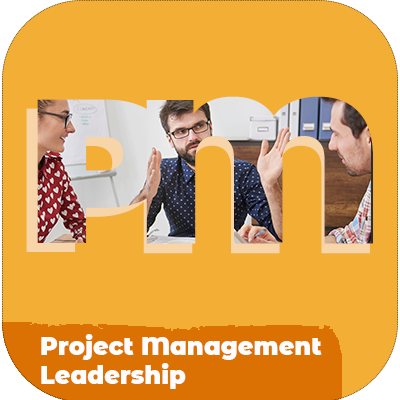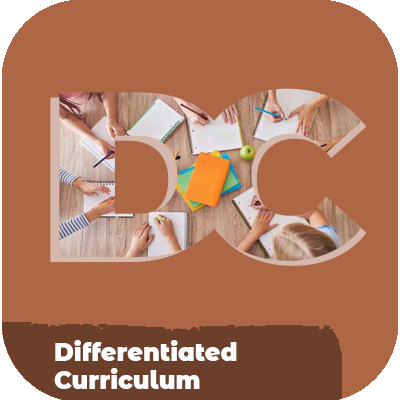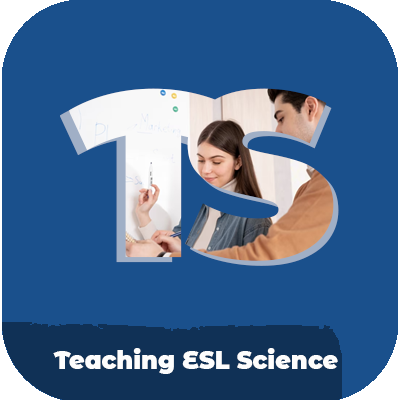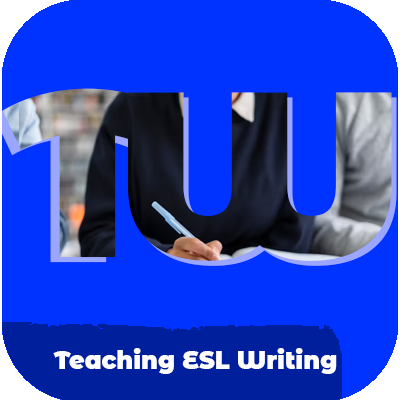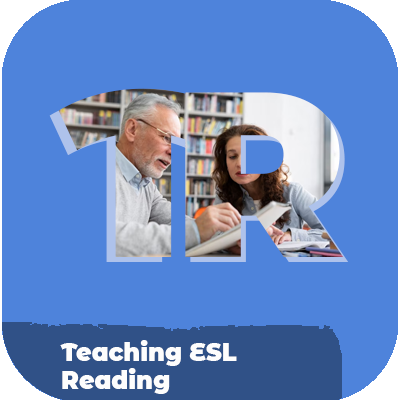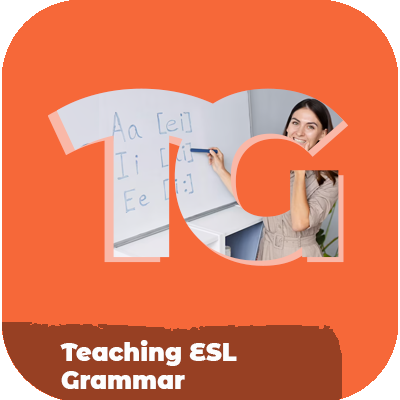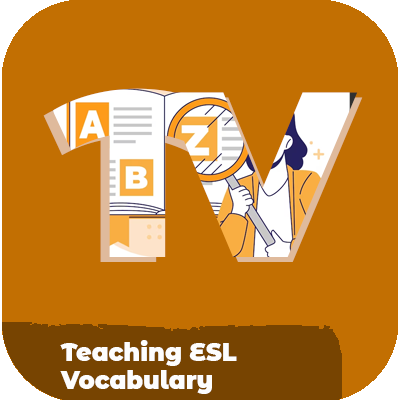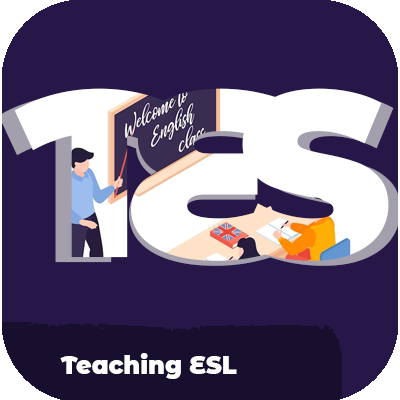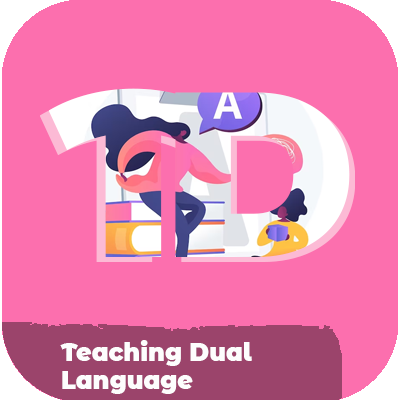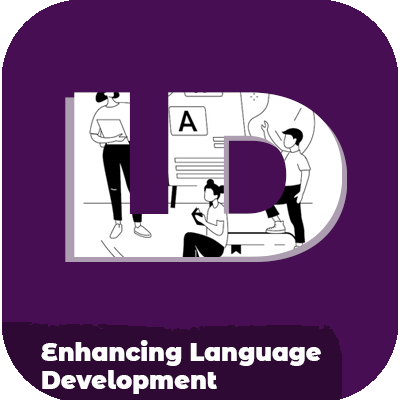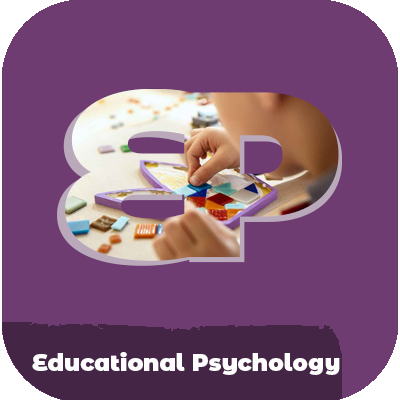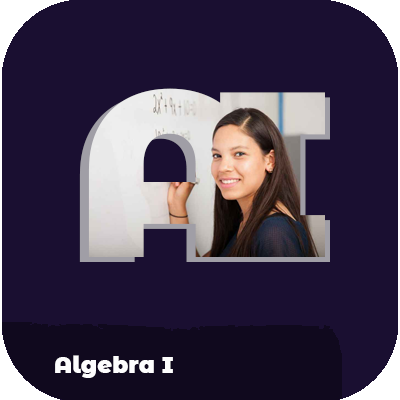Project Management Leadership
Course Description:
Project Management Leadership is an online course that focuses on developing leadership and management skills for successful project management. This course teaches essential project management methodologies, techniques, and tools to plan, allocate resources, and deliver projects effectively. You will also learn to create a robust team culture and understand how to lead teams to successful project delivery.
Through interactive lectures, readings, discussions, videos, and assignments, you will develop the knowledge, skills, and techniques required for effective project management leadership. This online course is ideal for project managers, team leaders, executives, and business owners who want to apply effective project management techniques to their projects.
Course Objectives:
- Understand fundamental leadership and management skills required for effective project management
- Create a comprehensive project plan, including work breakdown structure, risk assessment, project constraints, and deliverables
- Develop effective team communication skills to ensure project success
- Plan resource allocation and management to ensure project success
- Understand the principles of agile vs. waterfall project management methodology
- Build a high-performance team culture and practices to enhance teamwork and communication
- Develop effective negotiation skills and manage stakeholder expectations
- Understand how to manage project costs and schedules using proven methods
- Analyze project deliverables, and adjust project scope as necessary, based on changes in project requirements
- Learn how to manage risk during the entire project lifecycle and develop effective risk mitigation strategies

